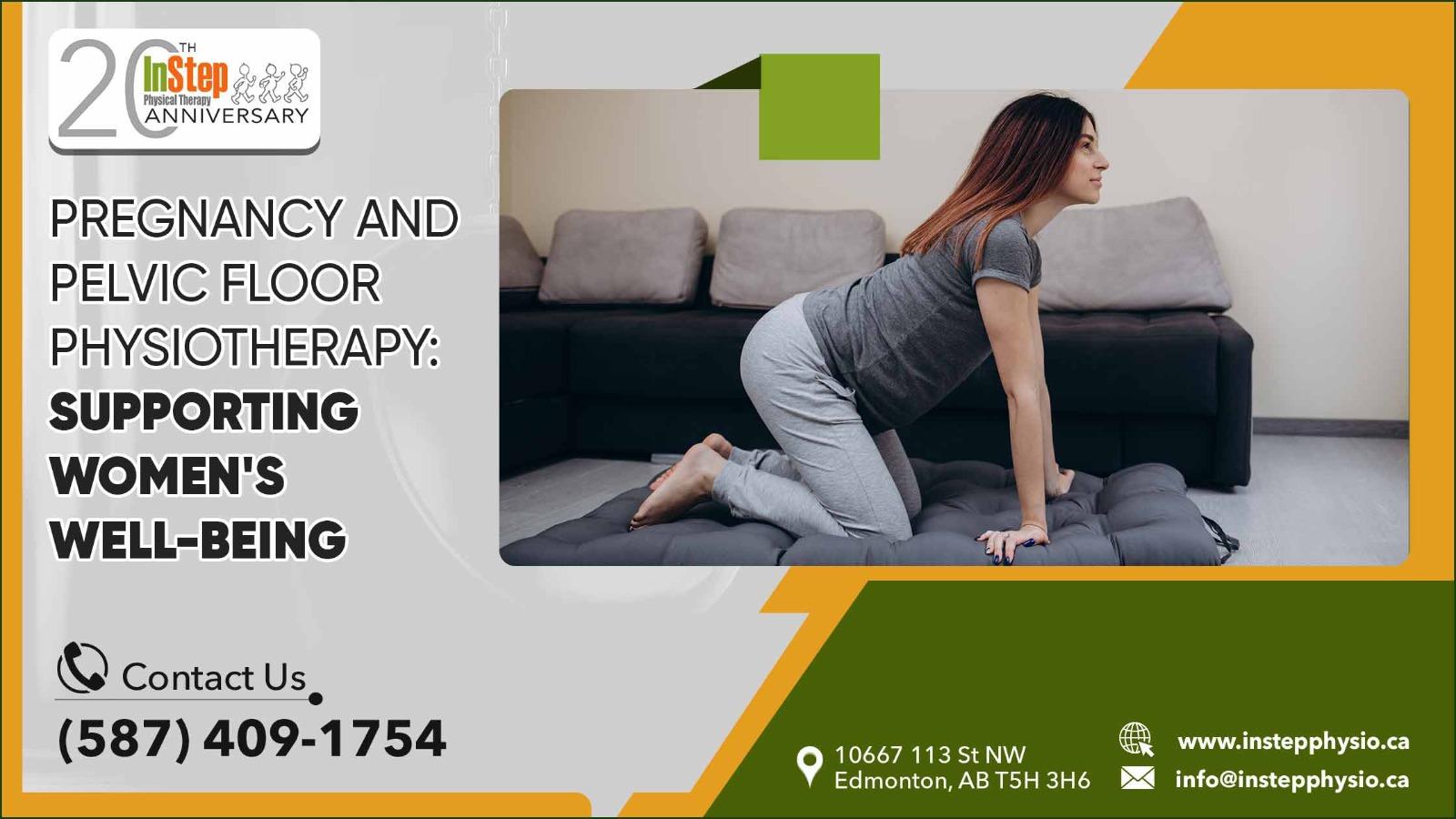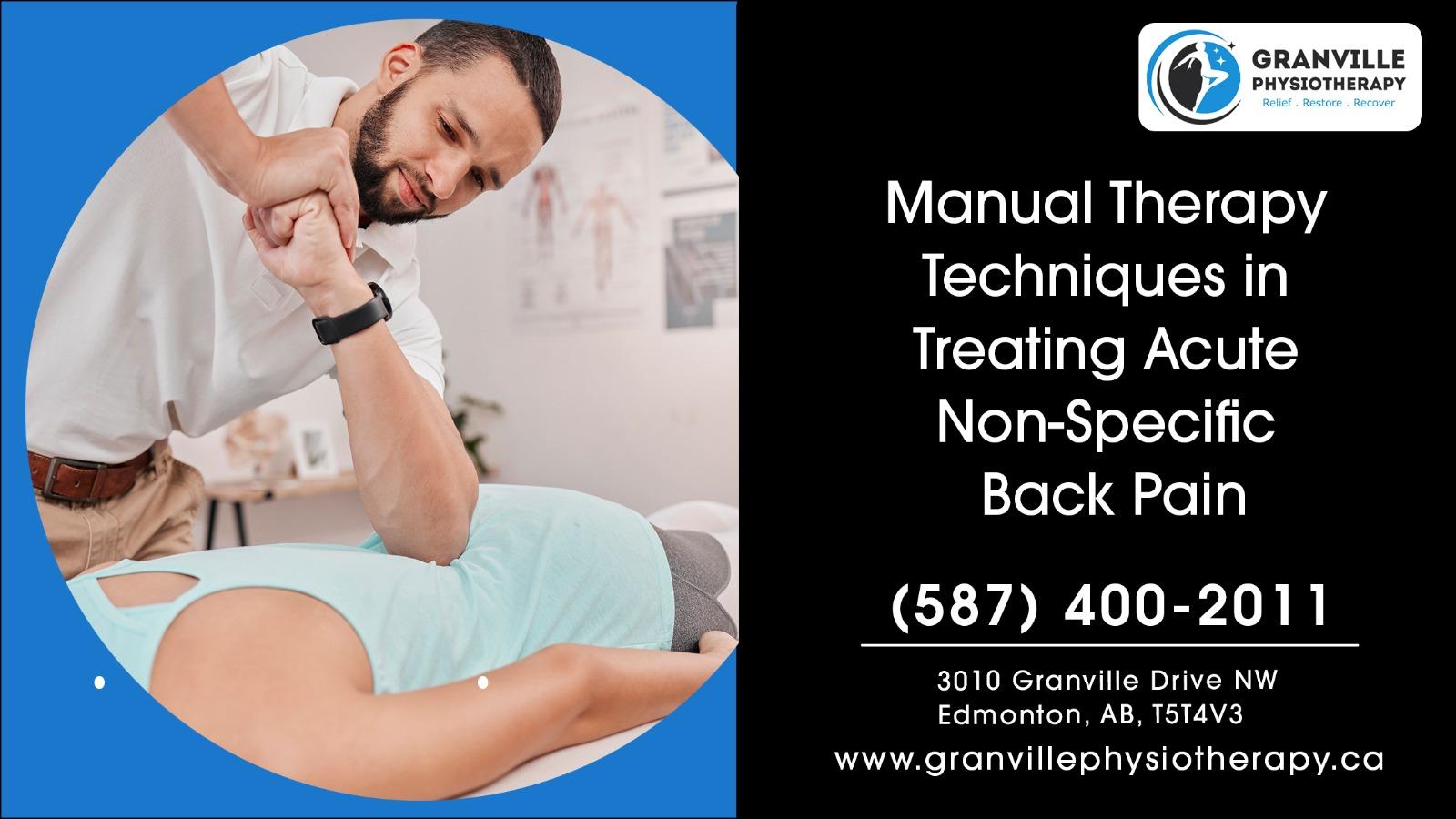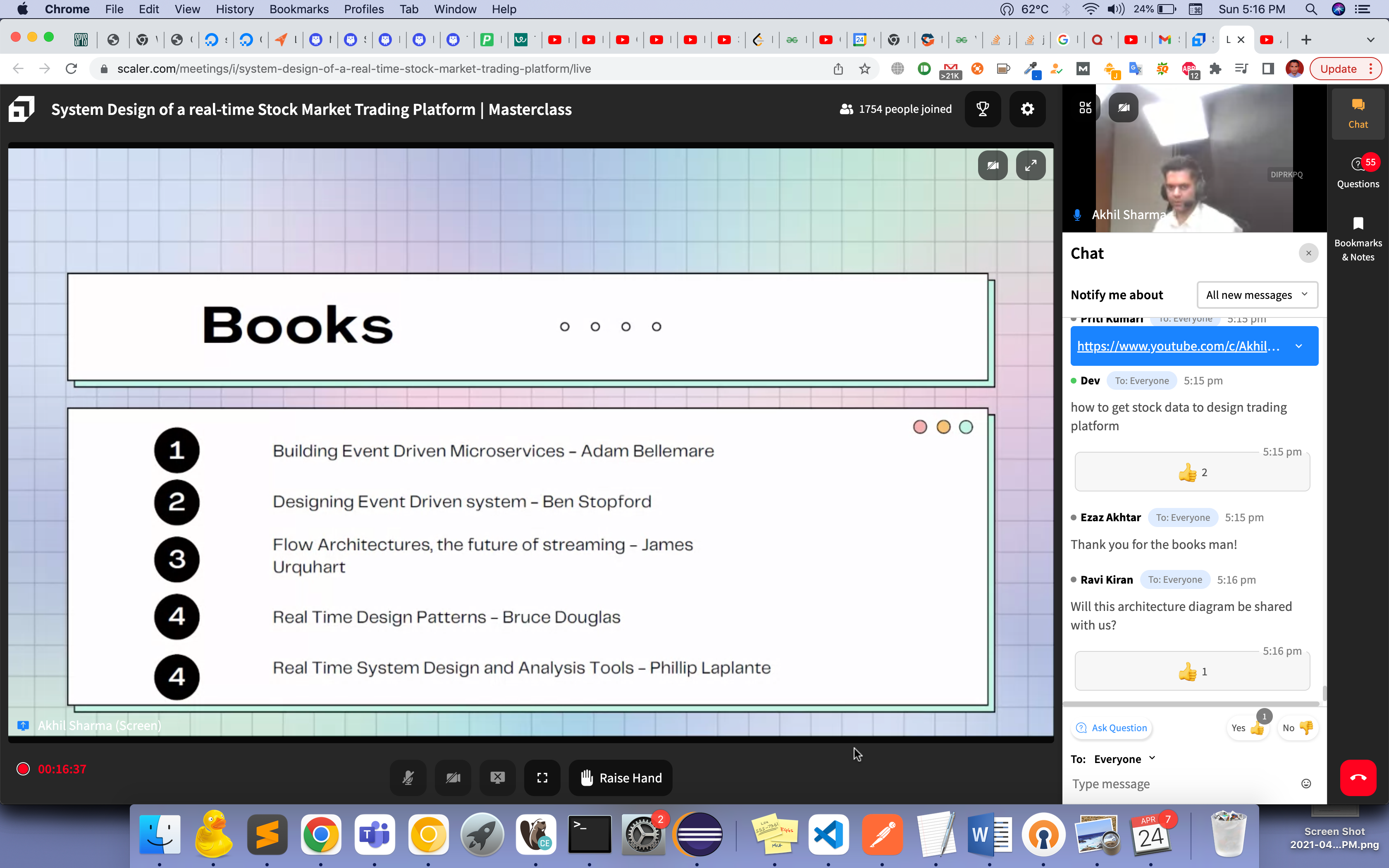
Pregnancy is a transformative period in a woman's life, marked by profound physical and emotional changes. As the body undergoes significant shifts to support the growing baby, there is an area that often requires attention: the pelvic floor. Given its critical role during and post-pregnancy, female pelvic floor physiotherapy Edmonton has emerged as an invaluable aid for many expecting mothers. This specialized branch of physiotherapy, particularly prominent in centers like pelvic floor physiotherapy in Edmonton, focuses on the ligaments, muscles, and tissues that support the pelvic organs.
The Pelvic Floor: A Brief Overview
The pelvic floor, a web of muscles at the base of the pelvis, plays a pivotal role in a woman's health. It supports vital organs such as the bladder, uterus, and rectum. During pregnancy, with the increasing weight of the baby, these muscles stretch and can sometimes weaken, leading to a range of issues like incontinence, discomfort, or pelvic organ prolapse.
Why Pregnancy Puts Pressure on the Pelvic Floor
Pregnancy brings about increased strain on the pelvic floor. Factors contributing to this include:
Growing Baby's Weight: As the baby grows, there's augmented weight pushing down on the pelvic floor muscles.
Hormonal Shifts: Pregnancy hormones lead to a softening of the ligaments, which can decrease the support to the pelvic organs.
Childbirth: Vaginal childbirth can stretch and sometimes injure the pelvic floor muscles.
Postural Changes: As the belly grows, the center of gravity shifts, leading to changes in posture. This altered stance can further stress the pelvic floor muscles.
Vascular Changes: Increased blood volume and vascular changes in pregnancy can lead to swelling and increased pressure in the pelvic region, indirectly affecting the pelvic floor muscles.
Exercise Regimen for Pelvic Strength
Strengthening the pelvic floor is not just about isolated exercises but about incorporating them into a holistic regimen. Simple exercises like Kegels can be beneficial, but they need to be performed correctly. Incorporating pelvic floor exercises into general fitness routines, like pilates or yoga, can offer comprehensive benefits.
Benefits of Female Pelvic Floor Physiotherapy During Pregnancy
Strength and Endurance: Regular exercises, under the guidance of a qualified physiotherapist, can strengthen the pelvic muscles, reducing the risks associated with a weakened pelvic floor.
Reduced Risk of Incontinence: A strong pelvic floor can help manage and prevent incontinence issues that many women face during and post-pregnancy.
Support During Childbirth: A well-toned pelvic floor can aid in smoother childbirth and can help with recovery post-delivery.
Alleviating of Pelvic Pain: Pelvic girdle pain is a complaint of many pregnant women. Specific exercises can help in alleviating this discomfort.
Faster Postpartum Recovery: Women who engage in pelvic floor physiotherapy often experience faster recovery after childbirth. They can regain their muscle tone more quickly and efficiently.
Improved Intimacy: A strong pelvic floor can enhance sensations during intimacy and improve the overall sexual experience.
Better Posture and Core Strength: Pelvic floor exercises, when combined with core strengthening exercises, can improve posture, which is particularly beneficial as the body's center of gravity shifts during pregnancy.
Enhanced Body Awareness: Through physiotherapy, women become more attuned to their bodies. This heightened awareness can be beneficial during childbirth and in understanding postpartum body changes.
Post-Pregnancy and the Need for Continued Care
The journey doesn't end with childbirth. The post-pregnancy period is as crucial as the prenatal phase. With the body undergoing a reverse transformation and adapting to new challenges like breastfeeding and lifting a growing baby, the need for continued care is evident.
Continued exercises and physiotherapy can aid in faster recovery, helping new mothers get back to their routines without the hindrance of pelvic floor issues. Women can ensure they recover optimally, setting the stage for long-term health and well-being.
The Myths Surrounding Pregnancy and Pelvic Health
When it comes to pregnancy and post-pregnancy pelvic health, a cloud of myths and misconceptions often obscures the truth. Understanding and debunking these myths is essential for women to take charge of their pelvic health and seek the care they need. Let's delve deeper into some of these prevalent myths:
1. Incontinence is a Normal Part of Motherhood
While urinary leakage is common postpartum, it's not a 'normal' or 'inevitable' side effect of giving birth. With proper pelvic floor physiotherapy and care, many women can address and mitigate these issues
2. Kegel Exercises are All You Need
While Kegels are beneficial, they aren't the only exercise needed to maintain or restore pelvic health. Moreover, if done incorrectly, they can sometimes do more harm than good.
3. It's Too Late for Physiotherapy
Some believe that if they don't start pelvic floor therapy immediately postpartum, it's too late to start. The truth is pelvic floor physiotherapy can be beneficial at any stage, whether it's pre-natal, immediately postpartum, or even years later.
4. Pain During Intercourse is Expected After Childbirth
Pain or discomfort during intercourse post-childbirth isn't a norm that should be passively accepted. It can be indicative of pelvic floor dysfunction or other issues and should be addressed with a healthcare professional.
Prioritizing Women's Health at Every Stage
Pregnancy is a beautiful yet challenging journey. By integrating pelvic floor physiotherapy into prenatal and postnatal care, women can navigate this period with enhanced comfort and confidence. As the demand for specialized care grows, centers like In Step Physical Therapy Edmonton continue to play a pivotal role, offering expertise, guidance, and support to women, ensuring their well-being during one of the most significant phases of their lives.
Also read about:
Manual Therapy Techniques in Treating Acute Non Specific Back Pain
Unveiling the Secrets of Paint Protection Film A Comprehensive Guide
Trading Made Simple Trading Apps User Friendly Interface









